#BORG - WARNER
Explore tagged Tumblr posts
Text

The night watch. Detail from an ad for the Norge Division of the Borg-Warner Corporation - 1944.
#vintage illustration#vintage advertising#norge#ww2#wwii#ww2 era#wwii era#ww2 history#wwii history#life during wartime#the 40s#the 1940s#the home front#borg warner#borg-warner
12 notes
·
View notes
Text

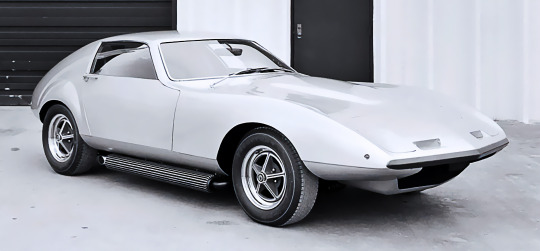

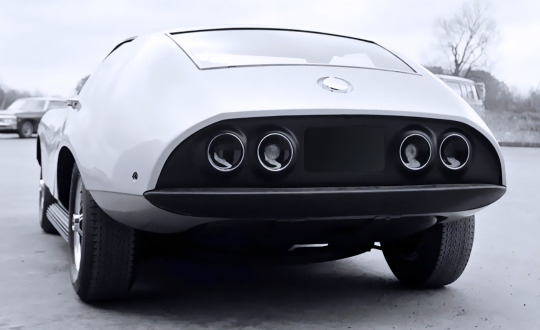
Marbon Formacar, 1969, by Borg-Warner. I posted recently about the Alpine Marbon CRV. Marbon-Chemical (a subsidiary of Borg-Warner) used the Formacar to promote their Cycolac ABS plastic to the US automotive industry. The Formacar was powered by an AMC V8 engine but failed to attract any takers for Cycolac in the US auto sector. Instead it found applications such as lawn chairs and outdoor equipment.
#Marbon#Marbon Formacar#Borg-Warner#experimental car#test vehicle#AMC V8#Cycolac#1969#ABS plastic#Marbon-Chemical
167 notes
·
View notes
Text
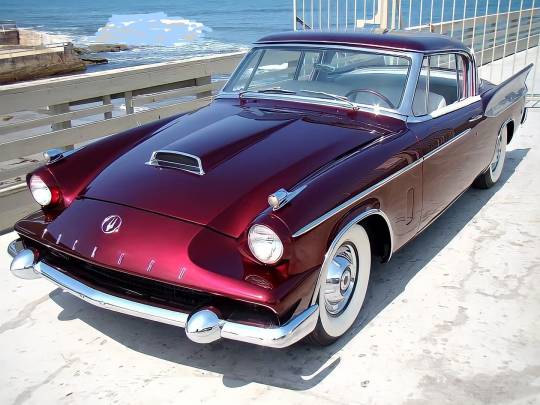
1958 Packard Hawk Sport Coupé
The interior was full leather, with full instrumentation in an engine-turned dash. As on early aircraft and custom boats, padded armrests were mounted outside the windows, a rare touch.
The styling was definitely controversial, often described as 'vacuum-cleaner' or 'catfish' by detractors. The styling has come to be appreciated more today than in its debut. Only 588 were sold, with Packard's impending demise a likely contributing factor. Most were equipped with the Borg-Warner three-speed automatic transmission. Approximately 28 were produced with the B-W T85 3-speed w/overdrive manual transmission. Studebaker-Packard was the first manufacturer to popularize the limited slip differential, which they termed Twin-Traction. Most Packard Hawks came with TT. It was certainly the fastest Packard ever sold, since it shared the majority of its components with Studebaker's Golden Hawk. The price was $3995, about $700 higher than the Studebaker model, but with a more luxurious interior. Electric window-lifts and power seats were optional extras.
Its rarity and status as the best-regarded of the 'Packardbaker' final-year cars have made the Packard Hawk quite collectible. Values are roughly double those of the equivalent Studebaker, although they are still low by comparison with Corvettes and Thunderbirds. Because a Studebaker drivetrain was used, mechanical parts are more readily available, although body and trim parts are more difficult-to-impossible to find. While it is a unique car, current restoration costs almost always exceed the selling price.
99 notes
·
View notes
Text



team_penske Eyeing history and racing for more.
#nascar#joey logano#team penske#id much rather have joey run the 500 than larson lmao 😭#i mean just look at the way he’s eyeing the borg warner trophy. larson could NEVER#ciara.pics
14 notes
·
View notes
Text
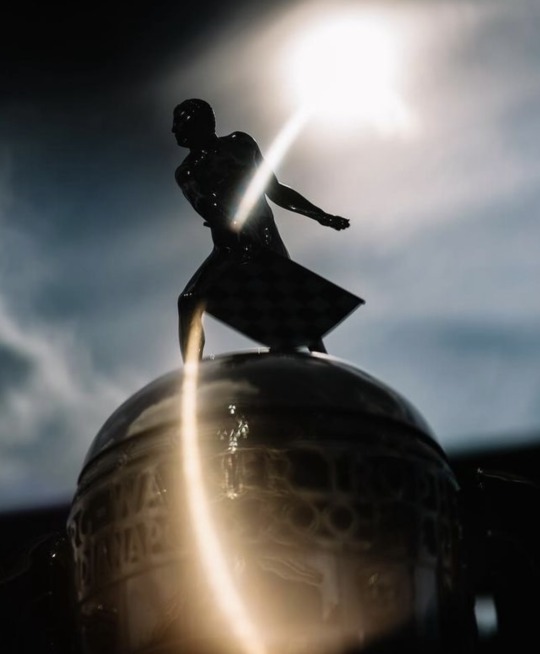
#Borg Warner Trophy#Indianapolis#Indiana#Indy500#Indy 500#Indianapolis 500#IMS#Indianapolis Motor Speedway#Speedway#Indy#Indycar#motorsport#racing#car blog#menstyle#classy#classy life#beauty#lifestyle#lifestyle blog#photography#Month of May#500#500 weekend#Memorial Day
21 notes
·
View notes
Photo






Indianapolis 500 winner Josef Newgarden chooses whole milk. (Photo by Michael L. Levitt)
#indycar#josef newgarden#indy 500 2023#indy 500#team penske#borg warner trophy#2023#ph#ph: michael levitt#*ph#*m#*josef#userf#me: should I do it#fir: do it#me: fine. I will post the ****** pics
84 notes
·
View notes
Text

125 notes
·
View notes
Text


#maybe this is just me but i didn't realize they drove the borg warner out in a convertible lol#indycar#indy 500 2018#from the indycar galleries
4 notes
·
View notes
Text
So I'm dying of laughter, so in my Chip and Dale fanfic they have to go to the more seedier side of things,
Picture Husk. Bugs Bunny, Alastor, Oswald and Blitz playing poker in a casino as these two Detectives march in looking for Oswald to ask him questions and this group are just absolutely tearing into Disney and the shit they've been doing while tossing back drinks
That's not even mentioning Angel Dust and Betty Boop being friends working the streets with Holli Would and one of mine an OC called Simone Borg,
God this is why I love IRL meets Cartoon because of these moments
#hazbin hotel#helluva boss#warner brothers#chip n dale#chip n dale rescue rangers#chip and dale#bugs bunny#hazbin angel dust#hazbin alastor#helluva blitzo#holli would#cool world#the borg siblings#cyrus borg#ninjago#ninjago oc#reality meets cartoon#who framed roger rabbit#style
9 notes
·
View notes
Photo
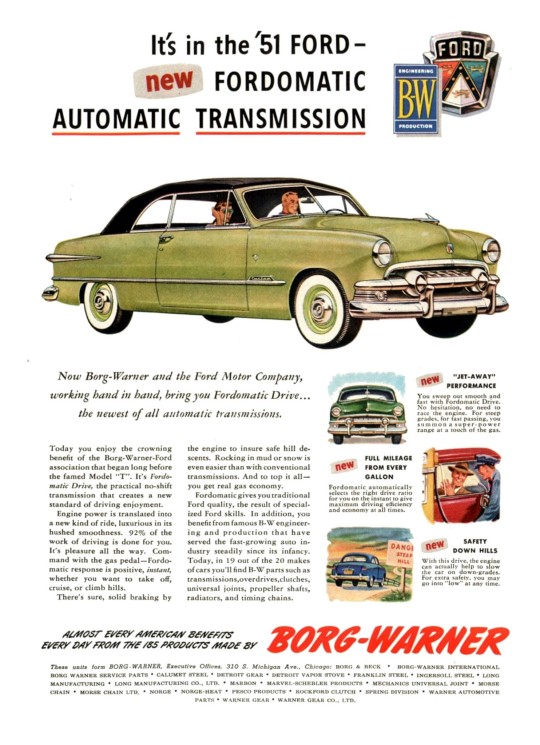
1951 It's in the '51 Ford - New Fordomatic Automatic Transmission. Borg-Warner
Source: Time Magazine
Published at: https://propadv.com/car-accessories-ad-and-poster-collection/borg-warner-ad-and-poster-collection/
24 notes
·
View notes
Text
Borg Warner Compound Turbo - 2008-2010 Ford 6.4L
The Borg Warner Compound Turbo for 2008-2010 Ford 6.4L Powerstroke is designed to boost performance, efficiency, and towing capacity. This turbo setup ensures faster spool times, enhanced airflow, and reliable power, making it a perfect upgrade for diesel enthusiasts.
0 notes
Text
NYCC 2024: The SilverHawks' Space Adventures Start in 2025 - Part of the ThunderVerse!
NYCC 2024: The SilverHawks' Space Adventures Start in 2025 - Part of the ThunderVerse! #comics #comicbooks #nycc #nycc2024 #nycc24
#declan shalvey#dynamite entertainment#ed brisson#george kambadais#geraldo borges#jae lee#james stokoe#lucio parrillo#manix#warner bros. discovery global consumer products
0 notes
Text
At $60,000, Is This 1959 Jaguar XK150 FHC The Cat’s Pajamas?
New Post has been published on https://petn.ws/gosUJ
At $60,000, Is This 1959 Jaguar XK150 FHC The Cat’s Pajamas?
It was announced this week that Jaguar has produced its last F-Type, thus ending the company’s run of sports cars. Today’s Nice Price of No Dice XK150 goes back almost to the beginning of that run. Let’s see if it’s priced to keep on running. What Is The Most American Car? | Jalopinions The seller […]
See full article at https://petn.ws/gosUJ #CatsNews #BMW540I, #BORGWARNER, #BrownsLanePlant, #Cars, #Convertibles, #Coupes, #DonR, #JaguarCars, #JaguarEType, #JaguarFType, #JaguarI, #JaguarXK120, #JaguarXK150, #JaguarXK150FHC, #Jaguar, #Jalopnik, #Roadsters, #XK
#BMW 540i#BORG - WARNER#Browns Lane plant#cars#Convertibles#Coupes#Don R.#Jaguar Cars#Jaguar E-Type#Jaguar F-Type#Jaguar I#Jaguar XK120#Jaguar XK150#Jaguar XK150 FHC#jaguar#Jalopnik#Roadsters#XK#Cats News
0 notes
Text

#Borg Warner Trophy#Indianapolis#Indiana#Indy500#Indy 500#Indianapolis 500#IMS#Indianapolis Motor Speedway#Speedway#Indy#Indycar#motorsport#racing#car blog#menstyle#classy#classy life#beauty#lifestyle#lifestyle blog#photography#Month of May#500#500 weekend#Memorial Day
17 notes
·
View notes
Text
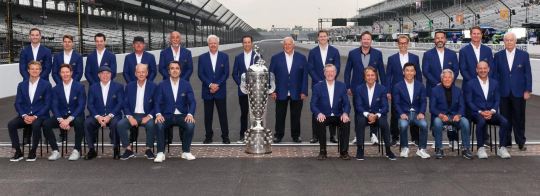
living members of the 'indy 500' winners club
1 note
·
View note
